Warfare On Screen: 5 Movies That Capture The Human Cost Of Conflict
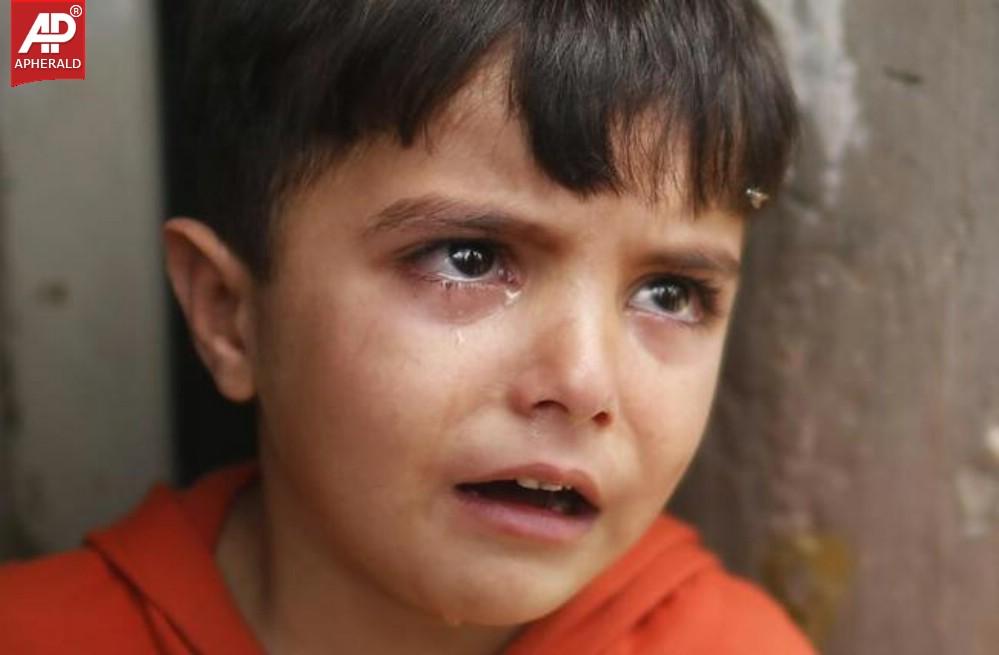
Table of Contents
Paths of Glory (1957): The Brutality of Leadership and the Sacrifice of Soldiers
Stanley Kubrick's masterpiece, Paths of Glory, a seminal World War I movie, is a scathing indictment of the senselessness of war and the callous disregard for human life exhibited by those in power. This anti-war film doesn't shy away from the brutal realities faced by soldiers in the trenches. It explores the themes of duty, sacrifice, and the ultimate futility of war through the lens of a catastrophic military blunder.
- The injustice faced by the soldiers: The film showcases the arbitrary scapegoating of soldiers to appease higher-ups, highlighting the systemic cruelty within the military hierarchy.
- Duty, sacrifice, and futility: The characters' unwavering sense of duty contrasts sharply with the absurdity of the orders they're forced to obey, leading to tragic consequences and emphasizing the futility of their sacrifice.
- Impact on the anti-war movement: Paths of Glory's unflinching portrayal of war's brutality cemented its place as a cornerstone of anti-war cinema, influencing subsequent generations of filmmakers and activists.
Apocalypse Now (1979): The Psychological Scars of War
Francis Ford Coppola's Apocalypse Now, a defining Vietnam War movie, plunges viewers into the heart of darkness, both literally and figuratively. This film doesn't just depict the physical horrors of the war; it masterfully portrays the psychological warfare waged on the minds of soldiers. The descent into madness and moral ambiguity is a chilling reflection of the prolonged exposure to violence and brutality.
- Descent into madness and moral ambiguity: The film follows Captain Willard's journey into the heart of the jungle, mirroring a descent into the darkest recesses of the human psyche, where the lines between right and wrong become increasingly blurred.
- Surreal imagery and symbolism: Coppola's use of surreal imagery and symbolism amplifies the psychological toll, showcasing the fractured realities experienced by soldiers grappling with trauma.
- Impact of prolonged exposure to violence: The relentless violence and exposure to death and suffering leave lasting scars on the soldiers' minds, affecting their perceptions of reality and their capacity for human connection.
Saving Private Ryan (1998): The Grueling Reality of Combat
Steven Spielberg's Saving Private Ryan is a powerful and realistic portrayal of World War II, a realistic war movie that doesn't shy away from the graphic depiction of violence. The film's opening Omaha Beach sequence is legendary for its brutal realism, showcasing the horrors of combat and the emotional toll it takes on soldiers. The film explores brotherhood and sacrifice in the face of unimaginable adversity.
- Graphic depiction of violence: The film's unflinching depiction of violence forces viewers to confront the brutal reality of war, highlighting the physical and psychological trauma experienced by soldiers.
- Emotional impact of witnessing death: The film vividly portrays the emotional impact of witnessing the death and suffering of comrades, creating a powerful sense of loss and empathy for the soldiers' experiences.
- Brotherhood and sacrifice: The film emphasizes the bonds of brotherhood formed in the face of death and the soldiers' willingness to sacrifice themselves for a greater purpose.
The Hurt Locker (2008): The Tension and Trauma of Explosive Ordnance Disposal
Kathryn Bigelow's The Hurt Locker, a modern warfare movie set during the Iraq War, offers a visceral exploration of the constant tension and psychological stress endured by soldiers in contemporary conflict. The film focuses on the emotionally taxing work of explosive ordnance disposal (EOD), showcasing the ever-present threat of death and the psychological toll it takes.
- Realistic portrayal of IED disposal: The film provides a realistic portrayal of the meticulous and dangerous process of IED disposal, showcasing the high stakes and constant pressure faced by EOD technicians.
- Psychological impact of constant threat: The film highlights the psychological impact of living under constant threat, the emotional detachment required for survival, and the lingering trauma that follows soldiers home.
- Emotional detachment and survival: The film explores the emotional detachment necessary to survive in such high-pressure situations, and the challenges of reintegrating into civilian life after experiencing such intense trauma.
Grave of the Fireflies (1988): The Civilian Impact of Warfare
Isao Takahata's Grave of the Fireflies, a devastating World War II movie and a powerful example of Japanese cinema, shifts the focus from the battlefield to the civilian experience, specifically that of children. This animated war movie underscores the devastating impact of war on innocent lives, exploring themes of survival, loss, and the lasting impact of conflict on families and communities.
- Survival, loss, and enduring impact: The film follows two orphaned siblings struggling to survive in the aftermath of the war, illustrating the profound loss and the lasting scars left on innocent victims.
- Emotional power and empathy: The film's emotional power lies in its ability to evoke empathy for the victims of war, forcing viewers to confront the human cost of conflict from a different perspective.
- Civilian casualties and devastation: The film showcases the devastation caused by war on families and communities, going beyond the battlefield to highlight the widespread suffering experienced by civilians.
Conclusion:
These five films, representing diverse conflicts and cinematic styles, offer powerful and unforgettable portrayals of the human cost of warfare. From the brutal realities of trench warfare to the psychological scars of modern combat and the devastating impact on civilians, these "Warfare on Screen" examples demonstrate the enduring power of film to convey the devastating consequences of conflict. They urge us to move beyond the sanitized narratives and engage with the raw human experience of war. We encourage you to watch these films, engage in discussions about their profound messages, and seek out more examples of Warfare on Screen that explore the human cost of conflict through documentaries, books, and historical accounts. Let's continue the conversation and work towards a future where the horrors depicted on screen remain only a chilling reminder of what we must strive to prevent.

Featured Posts
-
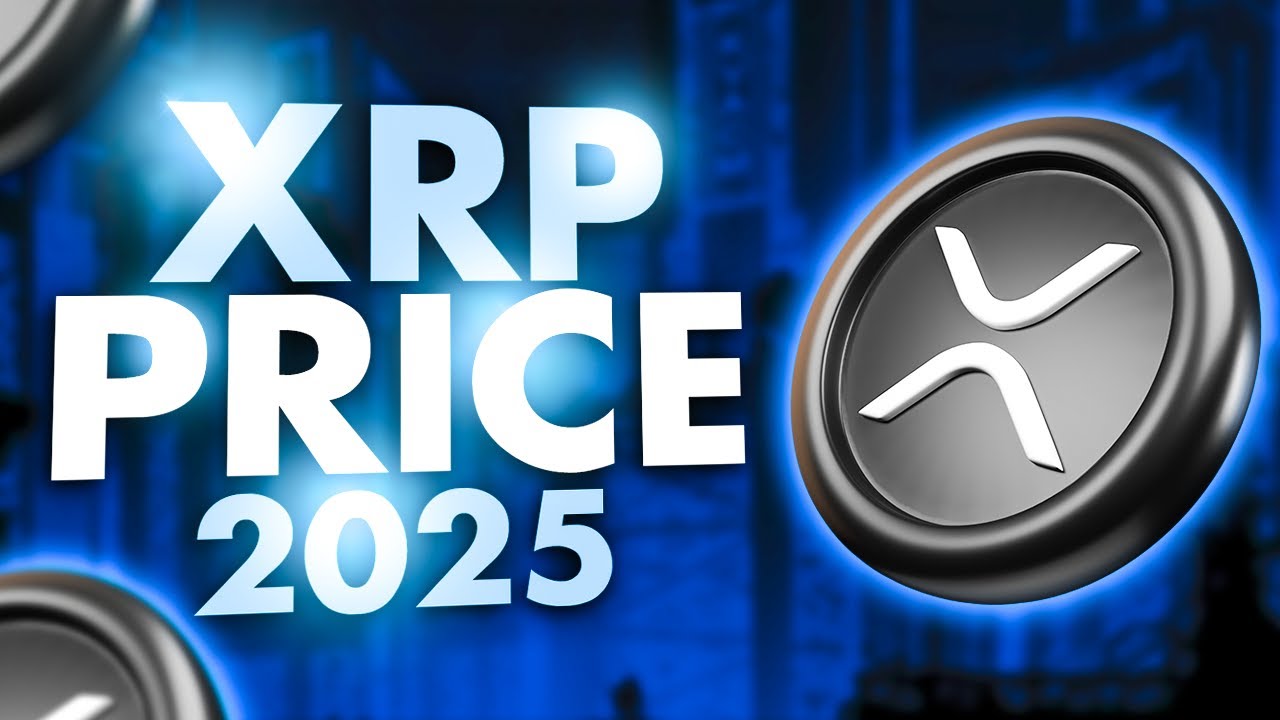 Xrp Price Prediction Will Xrp Hold 2 Support Reversal Or Fakeout
May 08, 2025
Xrp Price Prediction Will Xrp Hold 2 Support Reversal Or Fakeout
May 08, 2025 -
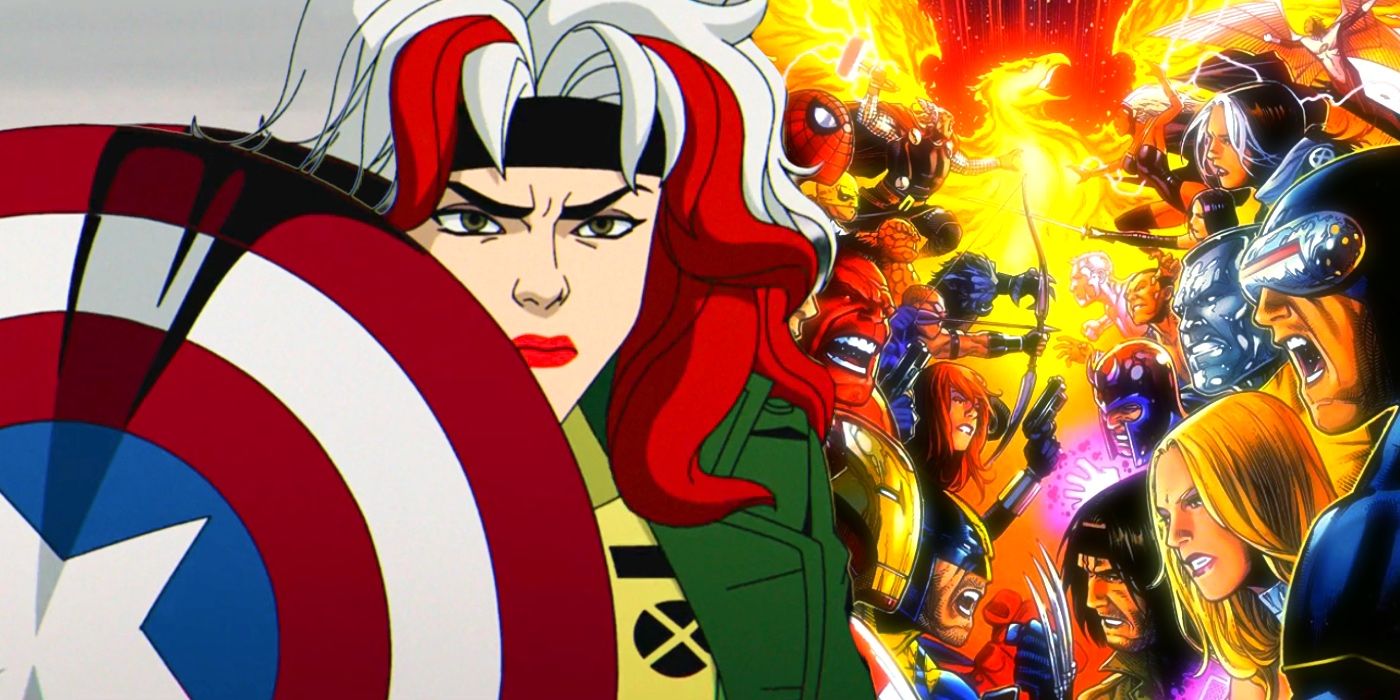 Avengers Or X Men Where Does Rogue Truly Belong
May 08, 2025
Avengers Or X Men Where Does Rogue Truly Belong
May 08, 2025 -
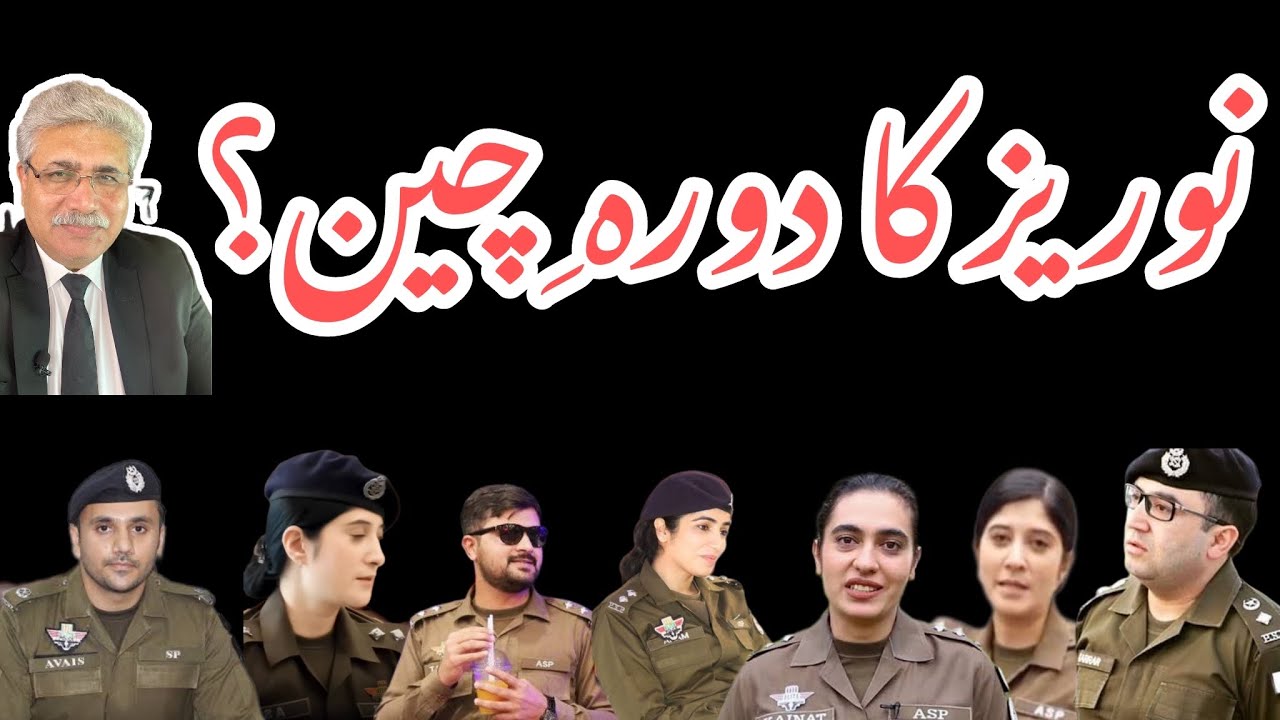 Pnjab 8 Ays Pyz Awr 21 Dy Ays Pyz Ke Tqrr W Tbadle Ka Nwtyfkyshn Jary
May 08, 2025
Pnjab 8 Ays Pyz Awr 21 Dy Ays Pyz Ke Tqrr W Tbadle Ka Nwtyfkyshn Jary
May 08, 2025 -
 Understanding Penny Pritzkers Role In The Harvard Admissions Dispute
May 08, 2025
Understanding Penny Pritzkers Role In The Harvard Admissions Dispute
May 08, 2025 -
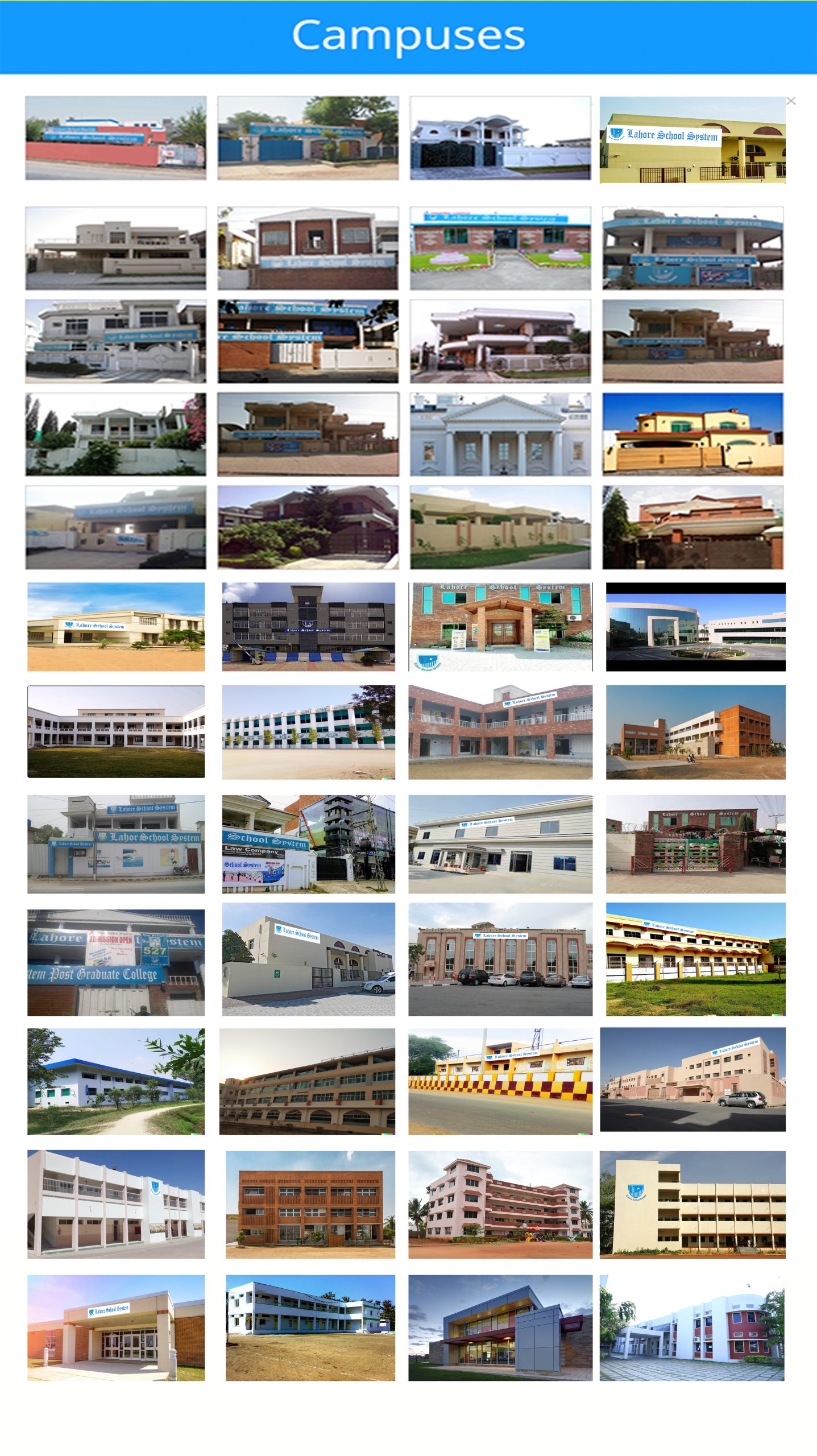 Lahore School Timetable Changes Due To Psl
May 08, 2025
Lahore School Timetable Changes Due To Psl
May 08, 2025
